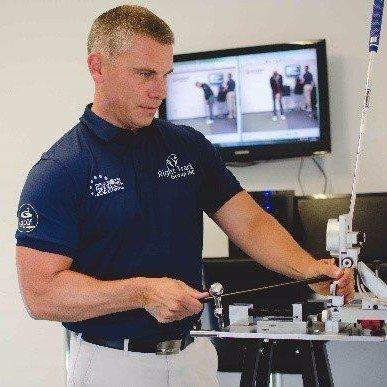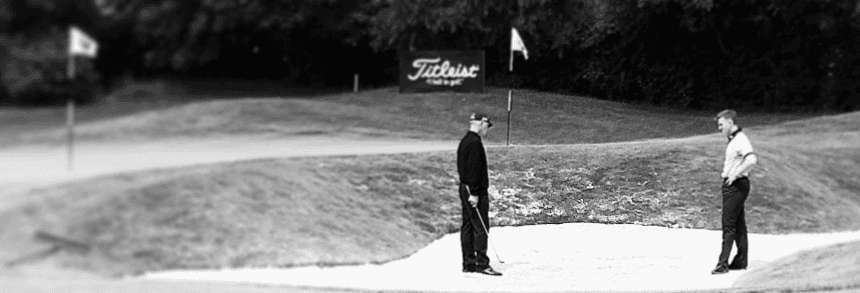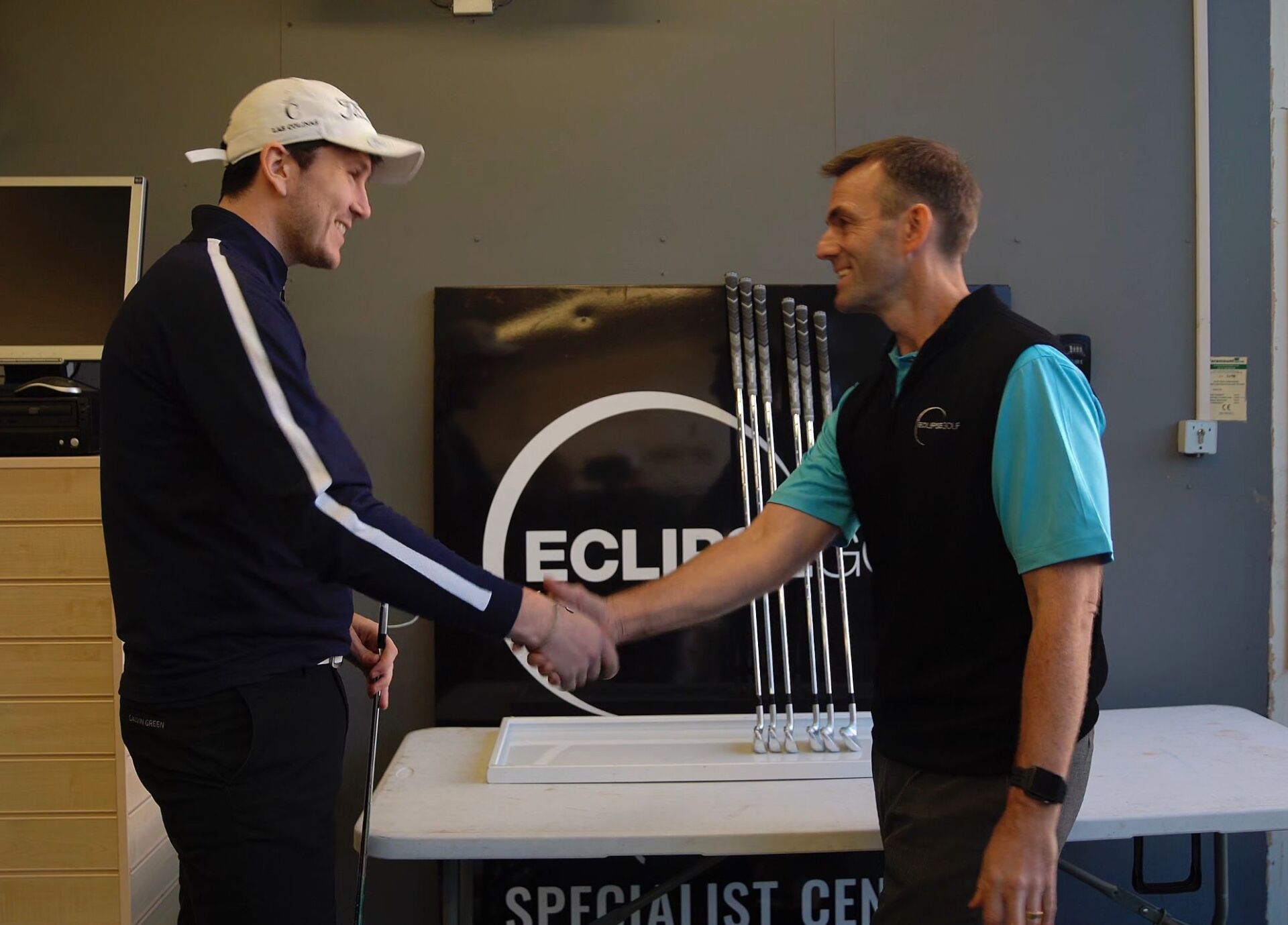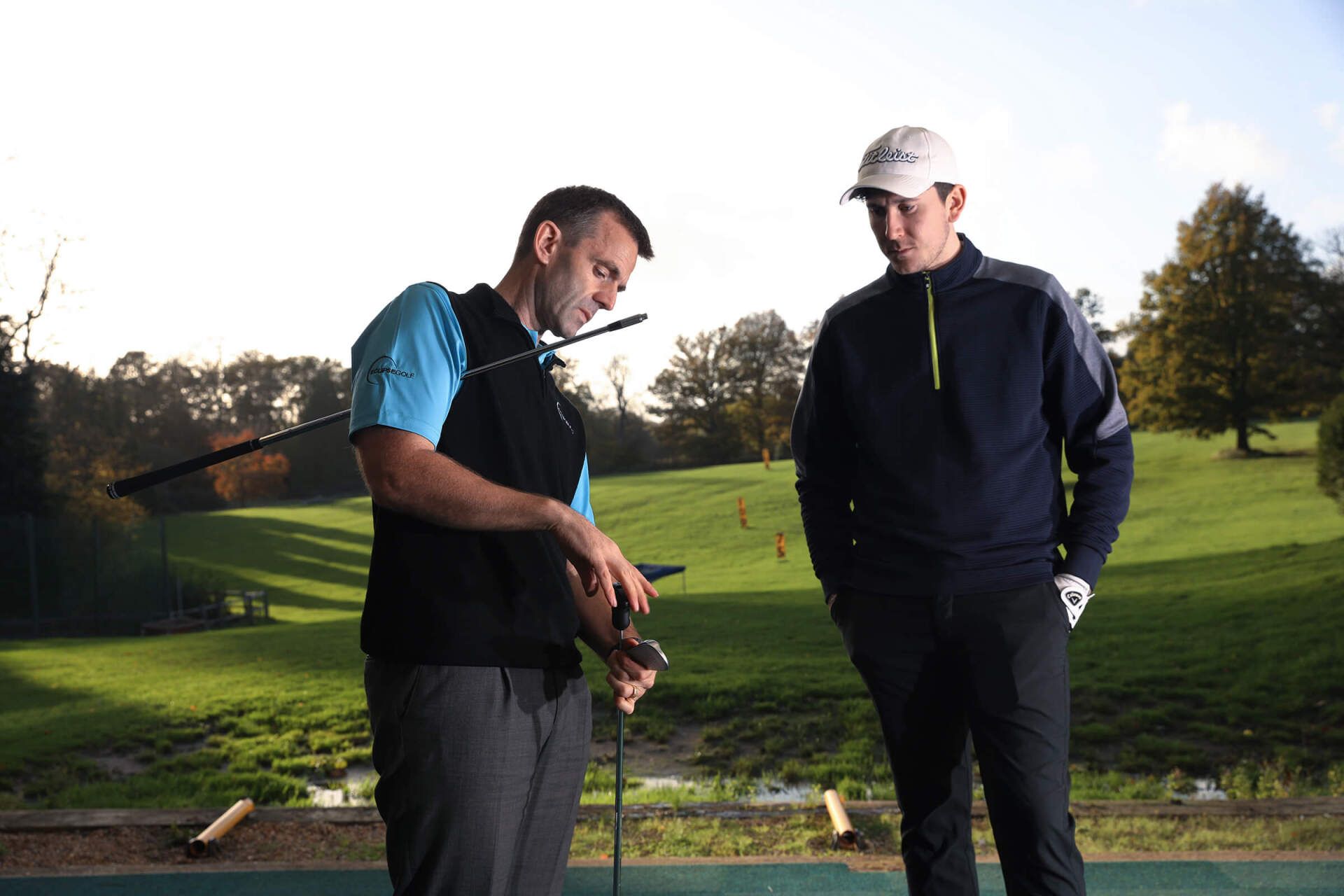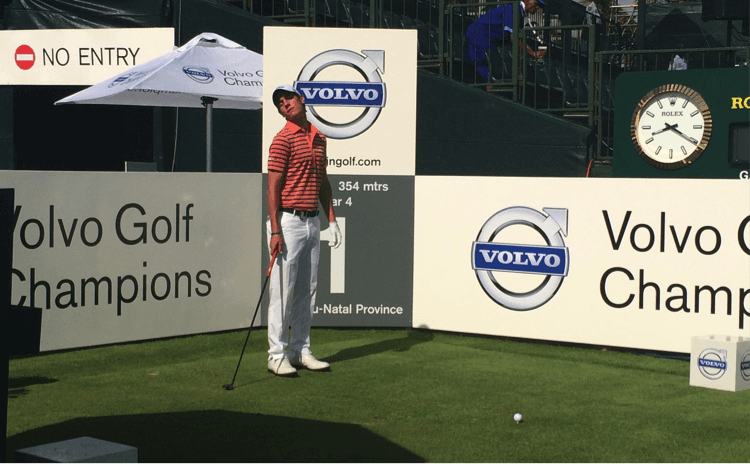Do I Have To Be Swinging Well Before I Get Fitted?
Great question and one I can empathise with. Surely if your swing changes your equipment will not be perfect anymore, right?
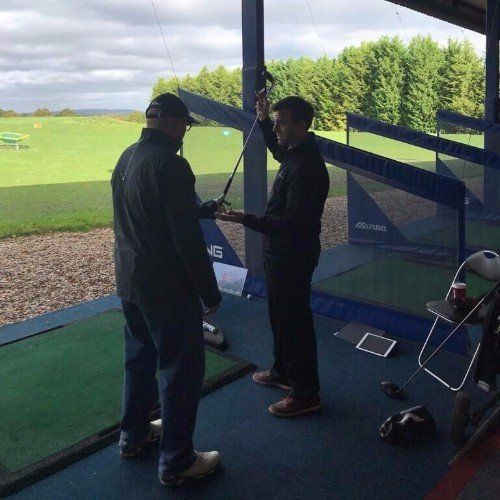
Working on grip thickness with a client.
A couple of things before we address this…
For us every session is motivated by improvement and our clients ‘delight’ with the results - not a sale. The best advice considers your current ability and also your intentions and play/practice time. For example if you play once per month socially, are not motivated by handicap improvement and are not taking any lessons then the advice given will likely be different than if you are working hard on your game with a coach and practicing/playing more frequently. Both ends of the motivation spectrum for a player are equally valid but must be considered to get the best results.
So firstly the most important thing is to see a specialist not motivated by sales but most importantly by results after any purchase or amendments to your existing equipment. They need to have the same motivation to improvement as a coach (and ideally will be PGA qualified).
With that said consider the below….
Who swings perfectly every time?
If you asked the best player in the world how many times they swings perfectly it would be a low percentage. For them the important element is the knowledge that the clubs will match their ‘A’ swing but also give that player some tolerance when the ‘B’ and ‘C’ swings appear (which might be a much higher % of time)!
Fitting equipment is about the bad shots as much as the good shots
– I’ll often ask my clients to makes sure they hit plenty of bad shots during a session! It’s a bit of an ice breaker and takes some of the pressure off being watched but its an absolute must for me to understand where the bad shots come from and factor that into the assessment and the advice given.
Coaches 'Coach'
– The default for a professional is to fix a shot by making swing changes and very often this will be done without checking the equipment first. If a coach wants for example to encourage a more in to out swing path he’s going to have a tough time if the iron sits too upright! Equipment fitting should work in tandem with working on the swing. We will often consult with a player’s coach before making certain decisions – this is so we build clubs that work in harmony with swing changes and do not hinder progress.
Clubs can be adjusted as you progress.
Its unlikely for a club golfer to require a different shaft after a fitting with us even if their swing changes because we will have assessed current form, physicality, what they are working on and likely progress. The most likely amends if any required may well be loft and lie which can be adjusted. If we think a players progress is likely to be rapid we will often look at models which have appropriate adjustment options so they can effectively ‘grow’ with the player and offer some longevity to the equipment.
Note
– this is a different story with an up coming junior golfer where we often make a recommendation for ‘now’ and a review session in the future with a view to re-shafting for flex, weight, length and material. This can be a more cost effective method longer term and ensures their progress is maximised through constant monitoring of their game. Better decisions are made which prevents wasting money on equipment that promises everything but does not deliver for that player.
There are many other considerations but these should help you see that the best time to be assessed or have a fitting is now – just make sure you know the motivation behind the person you seek advice from.
If you’d like help with assessing your current equipment please give us a call – we’d love to help!
www.eclipse-golf.co.uk / 07715 419 862 / 01293 223 038
